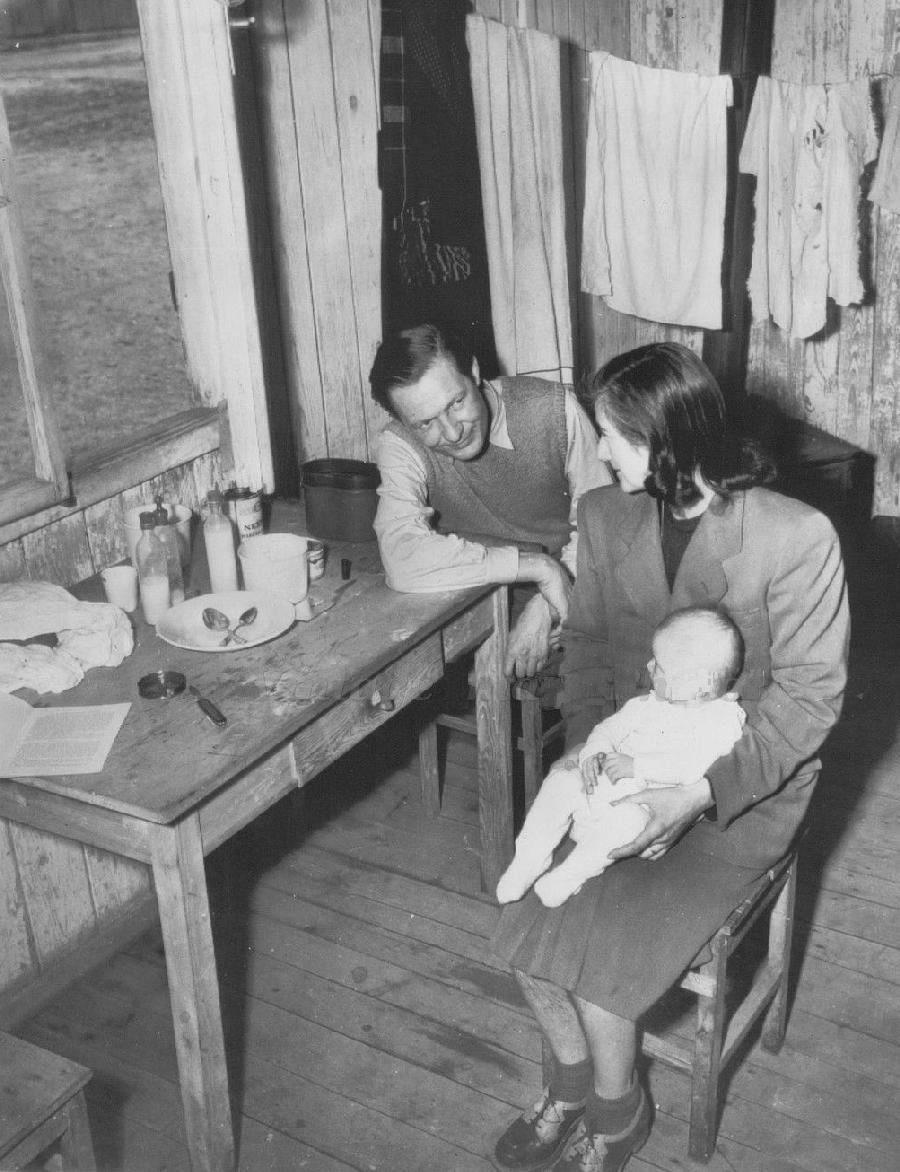
Figure 1.--Stalin was slower in Czechoslovakia to install a NKVD Stalinist police state than in other Eastern European states trapped in the Soviet empire. As aesult it was still possible to escape before the Iron Curtain was firmly established and the borders hardened. Here is a couple ghat fled the Communists. Th press caption read, "Czechs find refuge in U.S. Zone of Germany: Dr. Zdenek Vrbicky, his wife, Constance, a former British subject, and their three-nonth-old daughter sit in teir room in Schwabach displsced persons camp, near Nurenberg, Germny, Wednesday, after escape into the U.S. zone from their home at Asch, Czechoslovakia, fter Communidts took control. They and many other Czech refuges have been transferred to camp from another camp at Moschendorf near Czech border." The photograph was taken March 13, 1948. |

